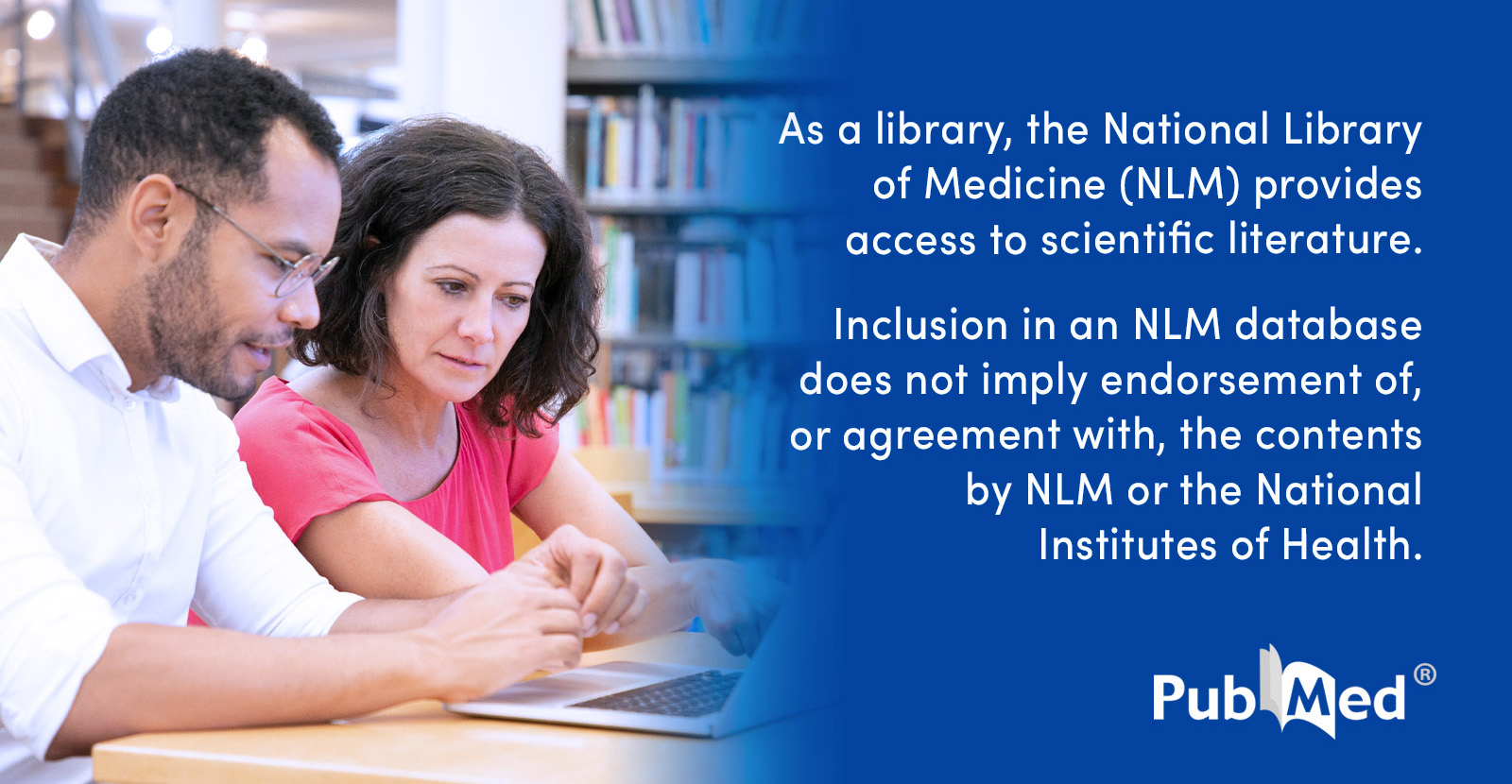sekio
Bluelight Crew
The data showed that ALD-52, 1P-LSD, and 1B-LSD were very weak partial agonists at the human 5-HT2A compared to LSD. Interestingly, despite showing comparatively high affinity for 5-HT2B and 5-HT2C, the compounds showed no agonist activity at those receptors. This behavior is in contrast to LSD, which is an agonist at recombinant human 5-HT2B and 5-HT2C receptors.
The study also assessed the binding affinity of 1B-LSD for 24 other monoamine receptors. Overall, the data indicated that 1-butanoyl substitution had a detrimental effect on binding to most of the receptors, compared to previously reported data for LSD. The binding affinity at these receptors was 10-100-fold lower than for LSD. The two main exceptions were 1B-LSD binding at the 5-HT2C receptor, as discussed earlier and 5-HT2B.

Study Finds ALD-52, 1P-LSD, and 1B-LSD Are Prodrugs of LSD
Identifying and understanding prodrugs is an essential component of psychedelic drug research.
This kind of confirms what I initially suspected: the "new" analogs of LSD are functionally the same as LSD... despite having some affintiy for serotonin receptors they do not activate them the same way as LSD does.
Scientific article: https://www.ncbi.nlm.nih.gov/pubmed/31756337
The ergoline d-lysergic acid diethylamide (LSD) is one of the most potent psychedelic drugs. 1-Acetyl-LSD (ALD-52), a derivative of LSD containing an acetyl group on the indole nitrogen, also produces psychedelic effects in humans and has about the same potency as LSD. Recently, several other 1-acyl-substitued LSD derivatives, including 1-propanoyl-LSD (1P-LSD) and 1-butanoyl-LSD (1B-LSD), have appeared as designer drugs. Although these compounds are assumed to act as prodrugs for LSD, studies have not specifically tested this prediction. [...] Although LSD acts as an agonist at 5-HT2 subtypes, ALD-52, 1P-LSD and 1B-LSD have weak efficacy or act as antagonists in Ca2+-mobilization assays. Despite the detrimental effect of 1-acyl substitution on 5-HT2A affinity and efficacy, 1-acyl-substitued LSD derivatives induce head twitches in mice with relatively high potency. High levels of LSD were detected in the plasma of rats after subcutaneous administration of ALD-52 and 1P-LSD, demonstrating these compounds are rapidly and efficiently deacylated in vivo. These findings are consistent with the prediction that ALD-52, 1P-LSD and 1B-LSD serve as prodrugs for LSD.






